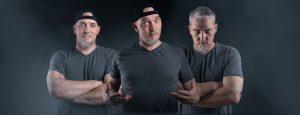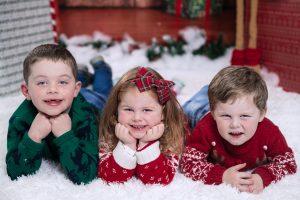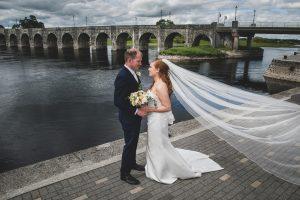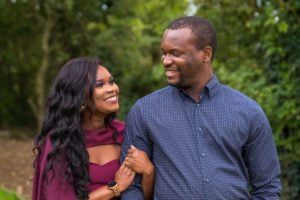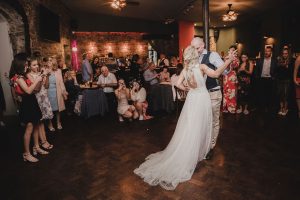Shooting in bad lighting is never easy, especially when you are indoors with a number of different types of lighting and you are constantly on the move with a lot happening around you that needs to be captured.
A recent event I shot certainly challenged me in more ways than I would care to remember, but I am never one to shy away from a good challenge.
Small Venue
The venue was great and very well presented, with lots of people moving around between the bar and the function room, of which I have to photograph in both. The problem, the lighting was uneven and dark, and there was different types of lights used between the 2 rooms, which can make things a little annoying when it comes to setting your whitebalance.
What is the Solution to Lighting the Venue Properly
The venue was small, which meant not enough room to place flashes around, so I was left with using a single speed-light on my camera.
The first thing I looked at when I entered the venue was the color of the ceiling and how high the ceiling was. Why? because this was going to be my light source, this is what I was going to need to bounce light around the rooms if I was to get the shots I needed.
White Ceilings Help!
Thankfully, both rooms had white ceilings, but the bar had big black oak beams running the length of the ceiling, which was kind of a pain because it meant I and my subject needed to be between the beams if I was going to be able to light them properly. This actually turned out to be quite a hassle, but again, I love a good challenge, so I accepted it and made the most of the light I could get from that room.

The function room not only have white ceilings, but they was at a diagnal on each side, a bit like an attic might be in a house, with a flat center. This helped me direct light to the other side of the room even better, and even bounce a little back behind the subject.
Choosing the Right Gear to Shoot With
To begin with, I put on my Tamron 24-70 USD G2, my go-ot lens, and usually what I start out shooting an event with. With the speed-light on TTL, my first shots were of people walking into the bar area. This was a surprise party, so I only got one chance at these shots, and being in the bar, bouncing light off the ceiling was going to be difficult especially since the walls were dark too, so there was nowhere else to point my speed-light.
This is where the 24-70 G” shines, It really does pull as much light in as possible, and lets you get fairly light shots in a low light situation. I was shooting with my Nikon D610, which is OK with low light, but certainly not the best, but I managed to keep the shots sharp at ISO 4000, which was quite an achievement for this camera, but I think the lens was a major factor in that too.
Throughout the 4 hours I was shooting, I mixed it up between the 24-70 2.8, Tamron 70-200 2.8, Sigma 105 2.8 and the Nikon nifty 50 1.8. Giving credit where credit is due, the 50mm probably did the best job overall for the lighting I have to work with. Fir such a low priced lens, it really does pack a punch, which is why I never go to a shoot without it!
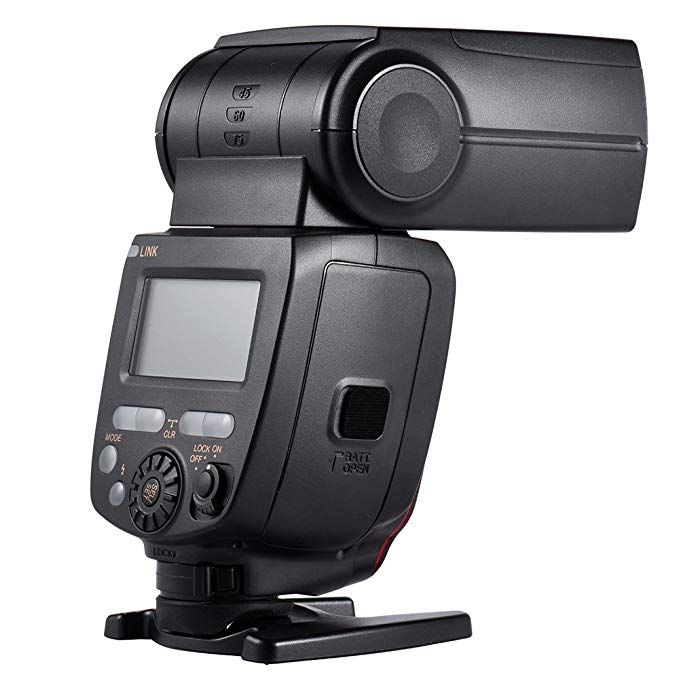
The speed-light I was using was a YONGNUO YN685. I choose this to put on the camera for it’s ability to let you shoot for long periods without draining the batteries. Having shot over 750 shots, only having to change the batteries at around 600, I think it did what I wanted quite well. Certainly a speed-light worth having in my kit.
What does this all mean?
Well, it means a few things I guess, but most of all, knowing your gear and how to use it to get the best shots you can from whatever lighting you are handed.
many will argue that the better gear you have, the better shots you can get. To an extent I would agree with that, but not in all cases, especially not in this case.







